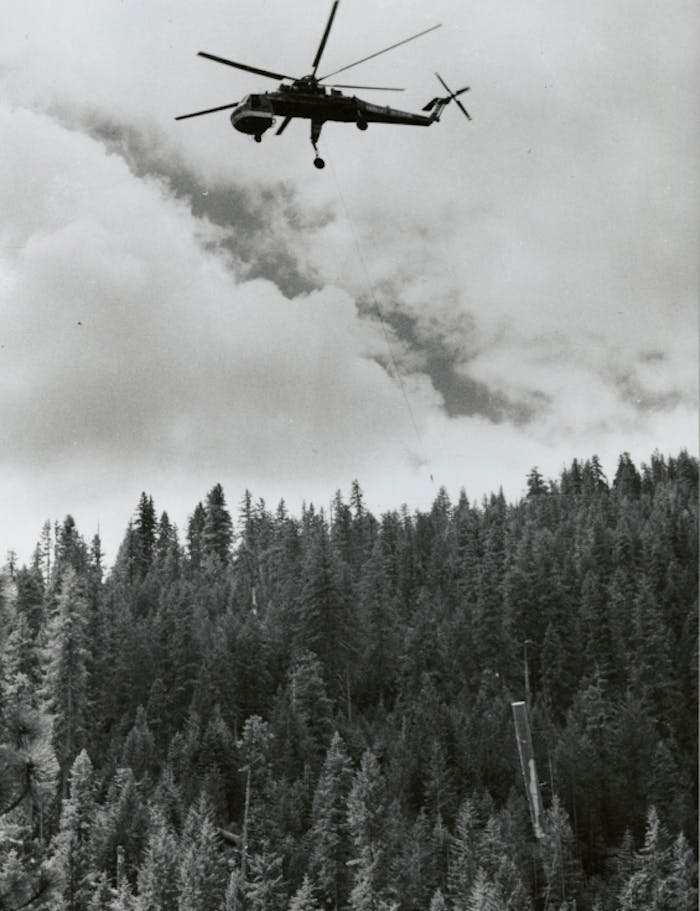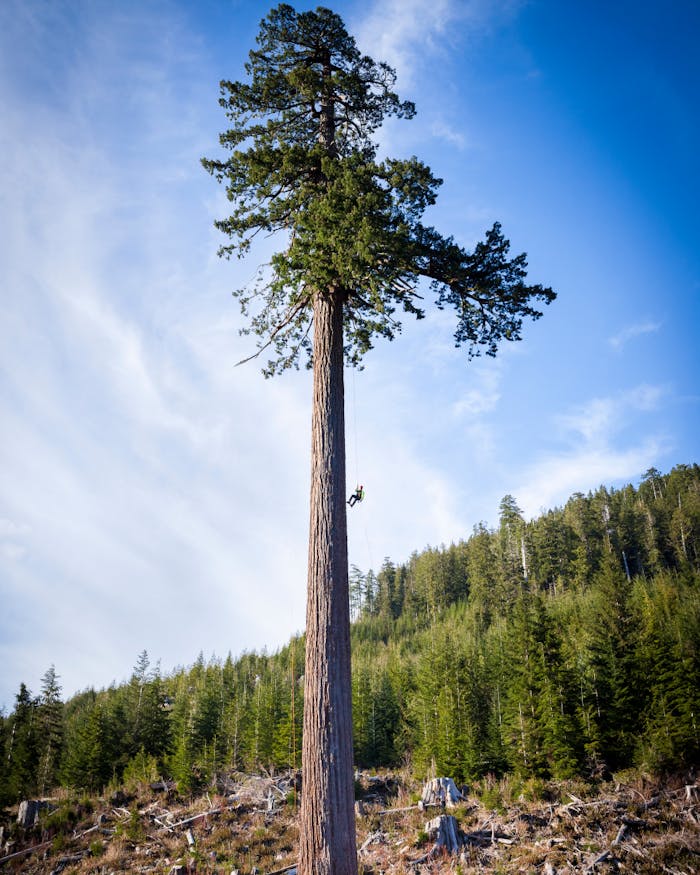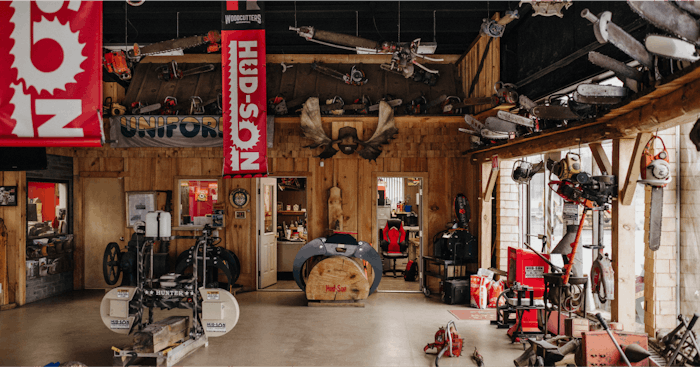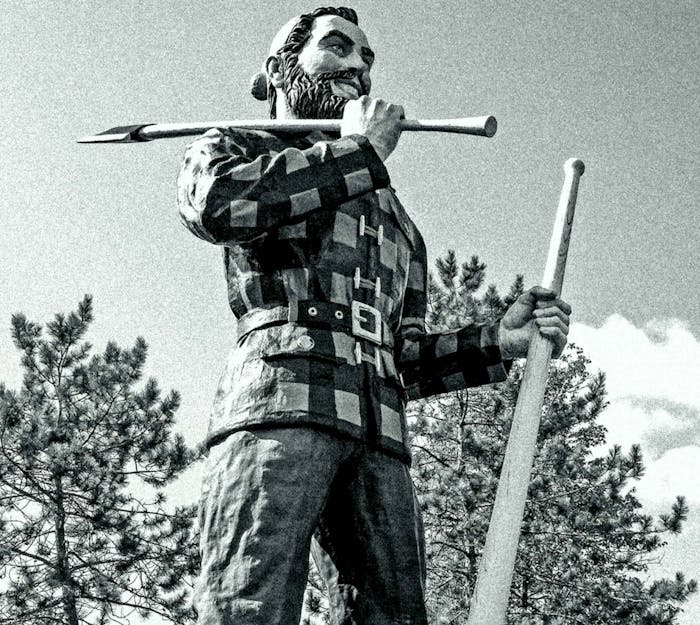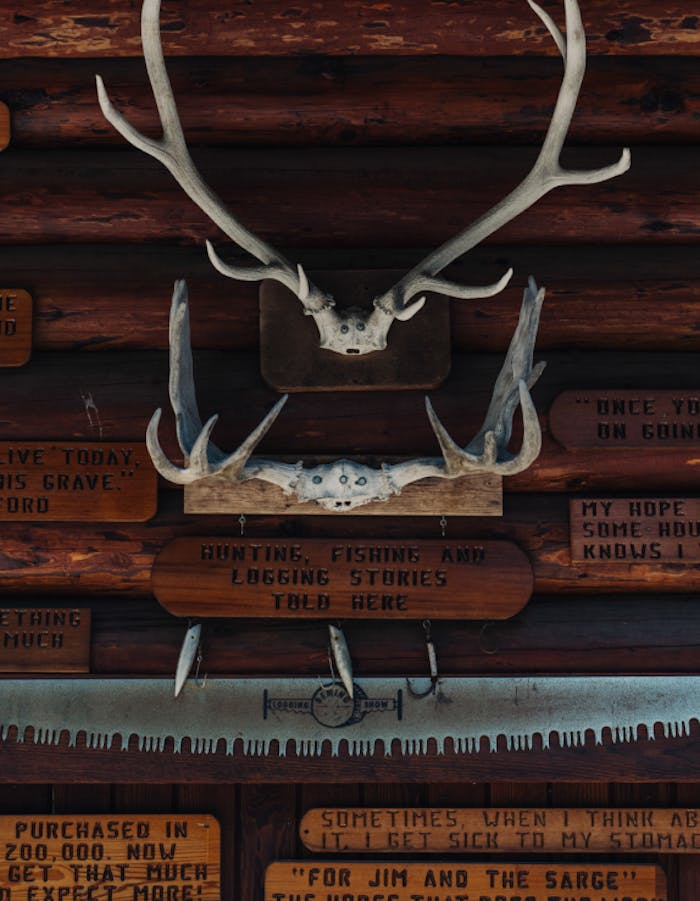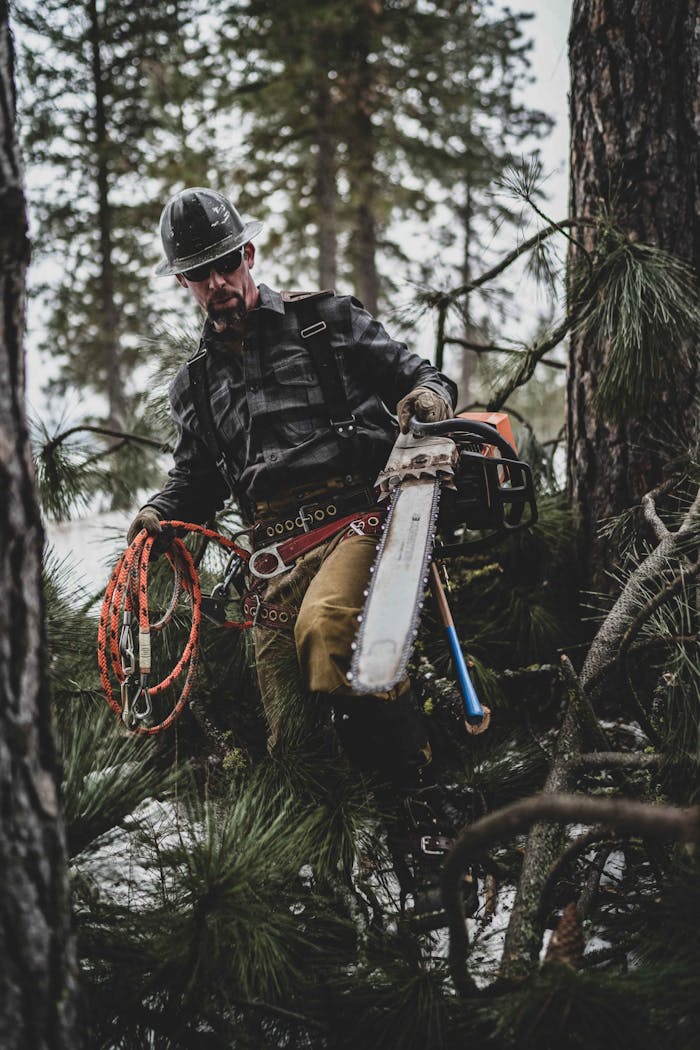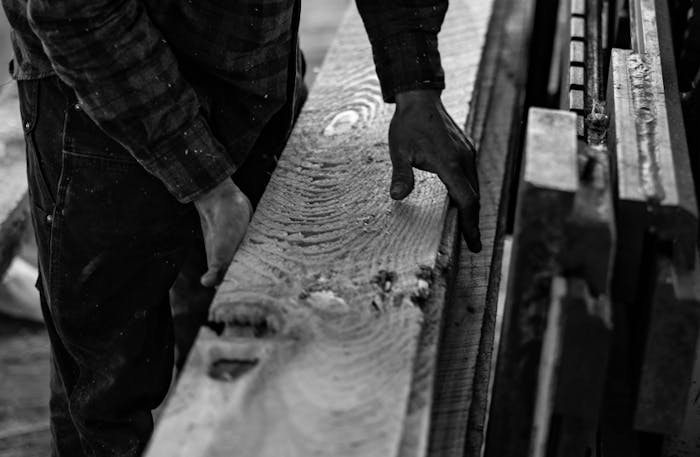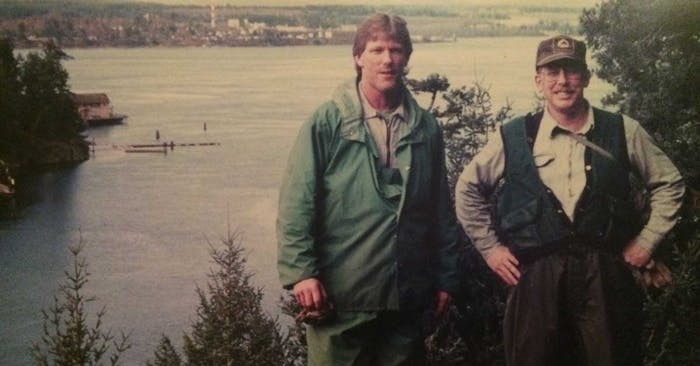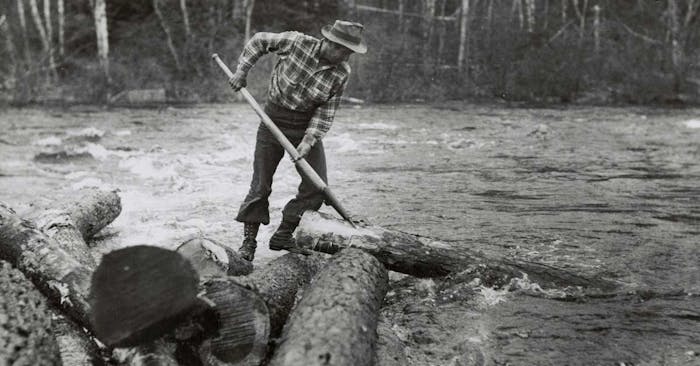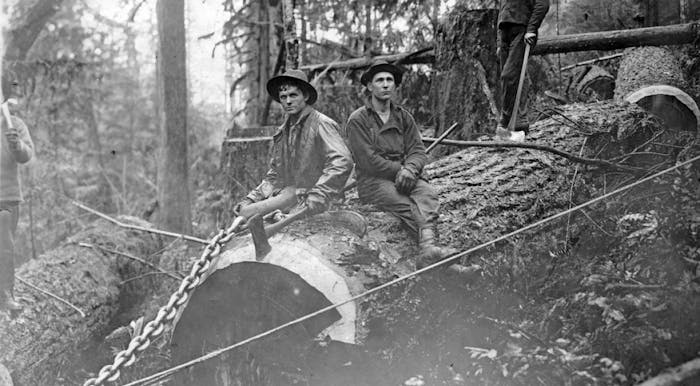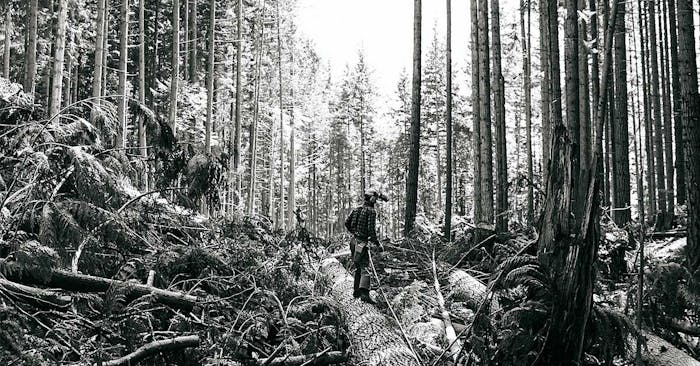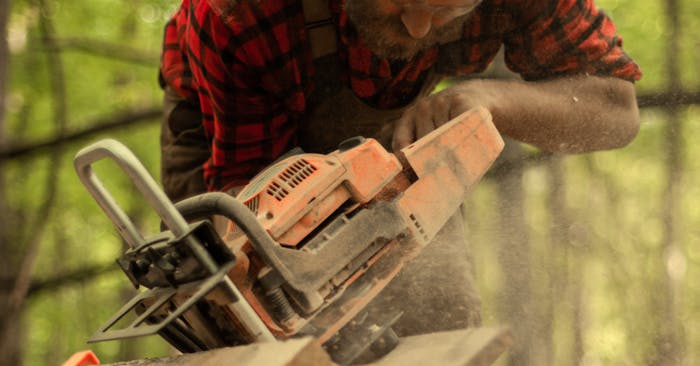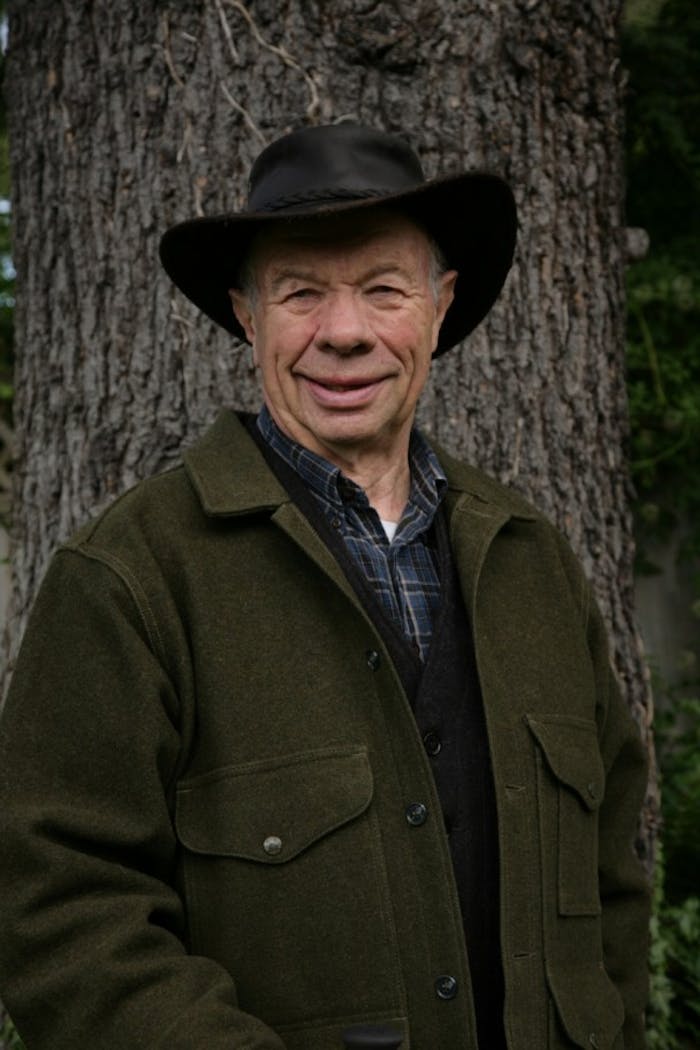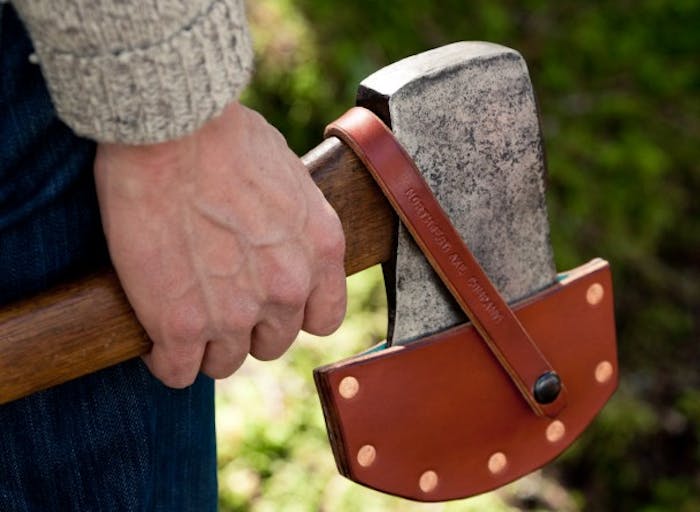Fill a forest with five-hundred-year-old trees, up to a few hundred feet tall. Season it with native Americans, native-born pioneers, and immigrants from every corner of the Atlantic and Pacific. Into this wilderness introduce sharp tools, ornery teams of oxen and several thousand-pound logs pulled by wire and chain under tension. Add steep hills and log-filled ponds, rivers, or bays, where even a nimble logger might slip. While you’re at it, drag through a testy steam engine throwing sparks into a forest dry enough to be a tinderbox. Then borrow some sailors who speak and weave in the local jargon. Sequester these workers from the rest of civilization for months at a time. Distilled from this mash came the language of the North American logger.
A few of these words tramped out of the woods and joined the larger culture. Perhaps you’ve flung a few around yourself, without noticing the sawdust that clung to them.
Read more
